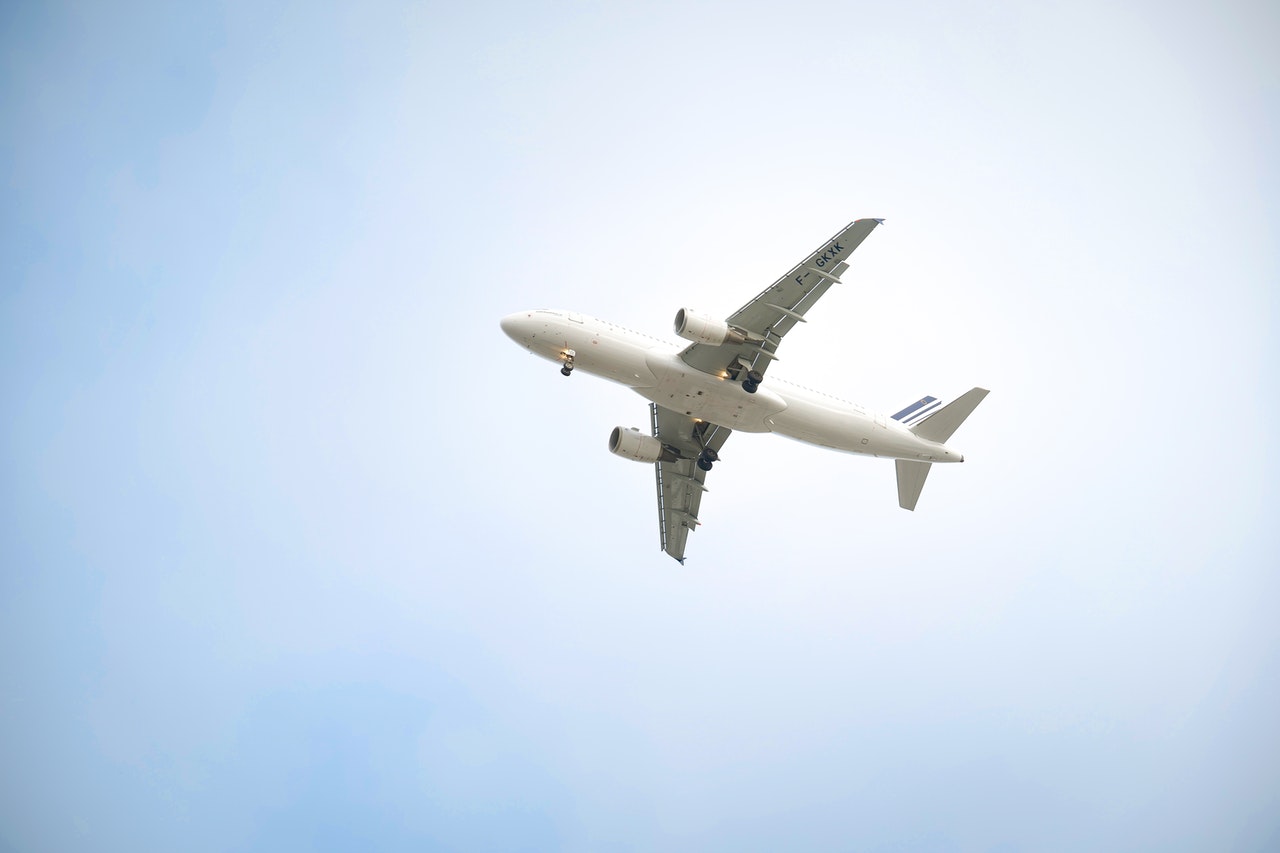The Airplane Mode Paradox: Unraveling the Necessity of Disconnecting in Flights
As we embark on the age of seamless connectivity, our reliance on smartphones has become nearly ubiquitous. Yet, there are certain moments when our trusty devices need to take a break. One such instance is during air travel, where passengers are urged to activate the mysterious “Airplane Mode.” In this article, we unravel the reasons behind the requirement to put phones in airplane mode and why disconnecting from USB drives is equally crucial for the safety and functionality of in-flight systems.
- Navigating the Airwaves: The Need for Airplane Mode: The primary reason passengers are instructed to activate Airplane Mode on their smartphones is to prevent potential interference with the aircraft’s communication and navigation systems. Mobile phones emit radio frequency signals that, in extreme cases, could disrupt critical avionics systems. By activating Airplane Mode, the radio frequency transmissions from the phone are disabled, ensuring a safe and interference-free flight.
- Communication Etiquette in the Skies: Beyond concerns about interference, enabling Airplane Mode is a courtesy to fellow passengers and flight crew. Uninterrupted cellular signals can create interference with the aircraft’s communication systems, leading to unwanted noise on the communication channels. By switching to Airplane Mode, passengers contribute to a quieter and more efficient communication environment in the cockpit.
- Powering Down USB Drives: A Lesson in Cybersecurity: While airborne, it’s not just wireless communication that poses potential risks. Connecting smartphones to USB ports on airplanes or using USB drives can expose the aircraft’s systems to cybersecurity threats. Malicious software or malware could exploit vulnerabilities in the in-flight entertainment or navigation systems, compromising the safety and security of the aircraft.
- Protecting Critical Systems: Aircraft systems are designed with stringent cybersecurity measures to ensure the safety of passengers and crew. However, the introduction of foreign devices via USB connections could potentially compromise these systems. Disconnecting from USB drives is not just a matter of personal device safety but also a responsibility to maintain the integrity of the aircraft’s critical infrastructure.
- Flight Crew Guidance: Flight attendants and crew members routinely request passengers to turn off electronic devices and disconnect USB drives during takeoff and landing. This is not just a matter of adherence to rules; it is a proactive measure to eliminate potential risks and ensure a smooth and secure flight.
Conclusion:
As we soar through the skies in the modern age of air travel, it is essential to recognize the significance of seemingly simple instructions such as activating Airplane Mode and disconnecting from USB drives. These actions, though often taken for granted, play a crucial role in maintaining the safety and functionality of aircraft systems. By following these guidelines, passengers contribute to a secure and interruption-free journey, allowing them to relax and enjoy the magic of flight while ensuring the safety of all on board. So, the next time you fasten your seatbelt and prepare for takeoff, remember that a small switch to Airplane Mode is not just a regulation; it’s a commitment to the safety and well-being of everyone on board.




